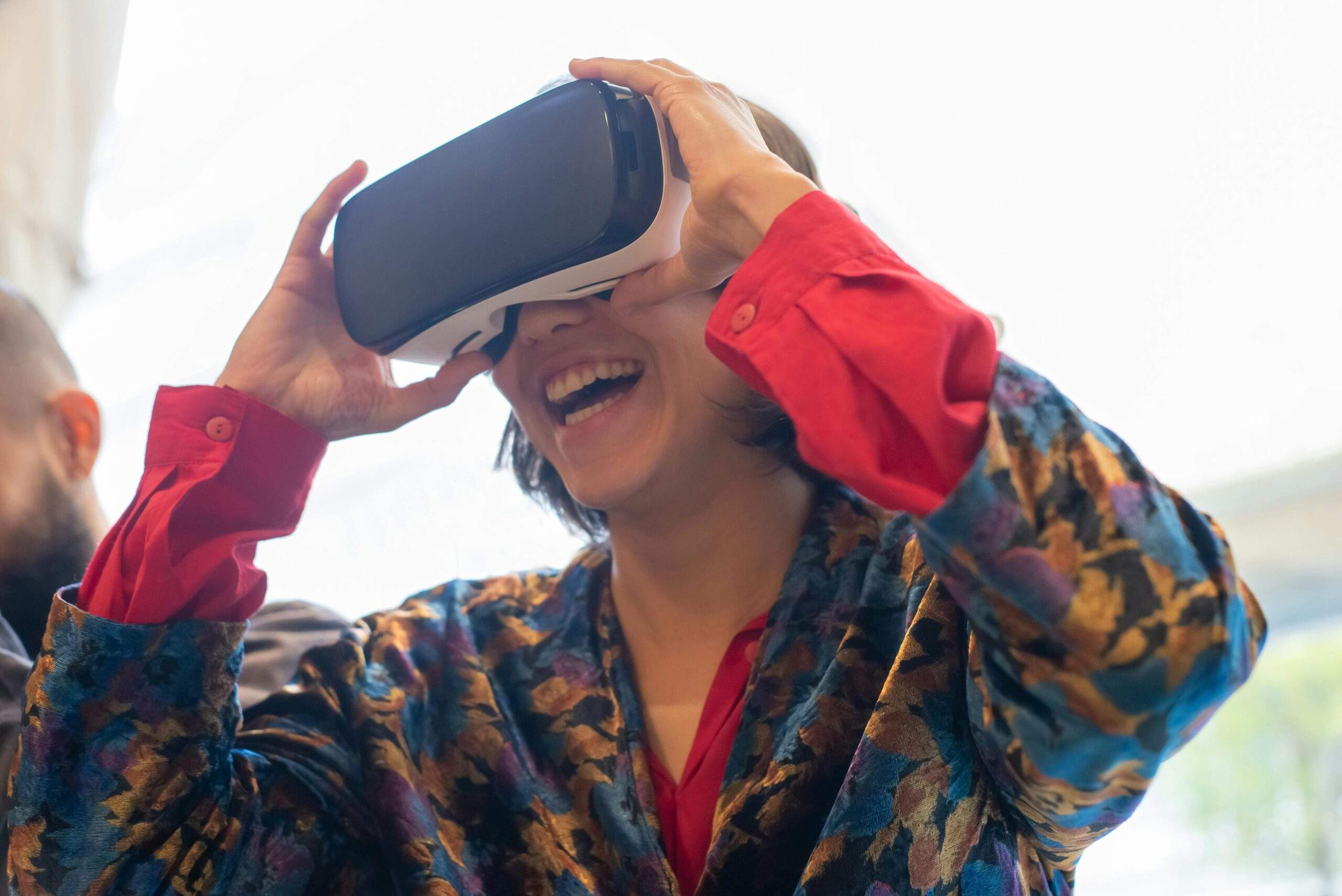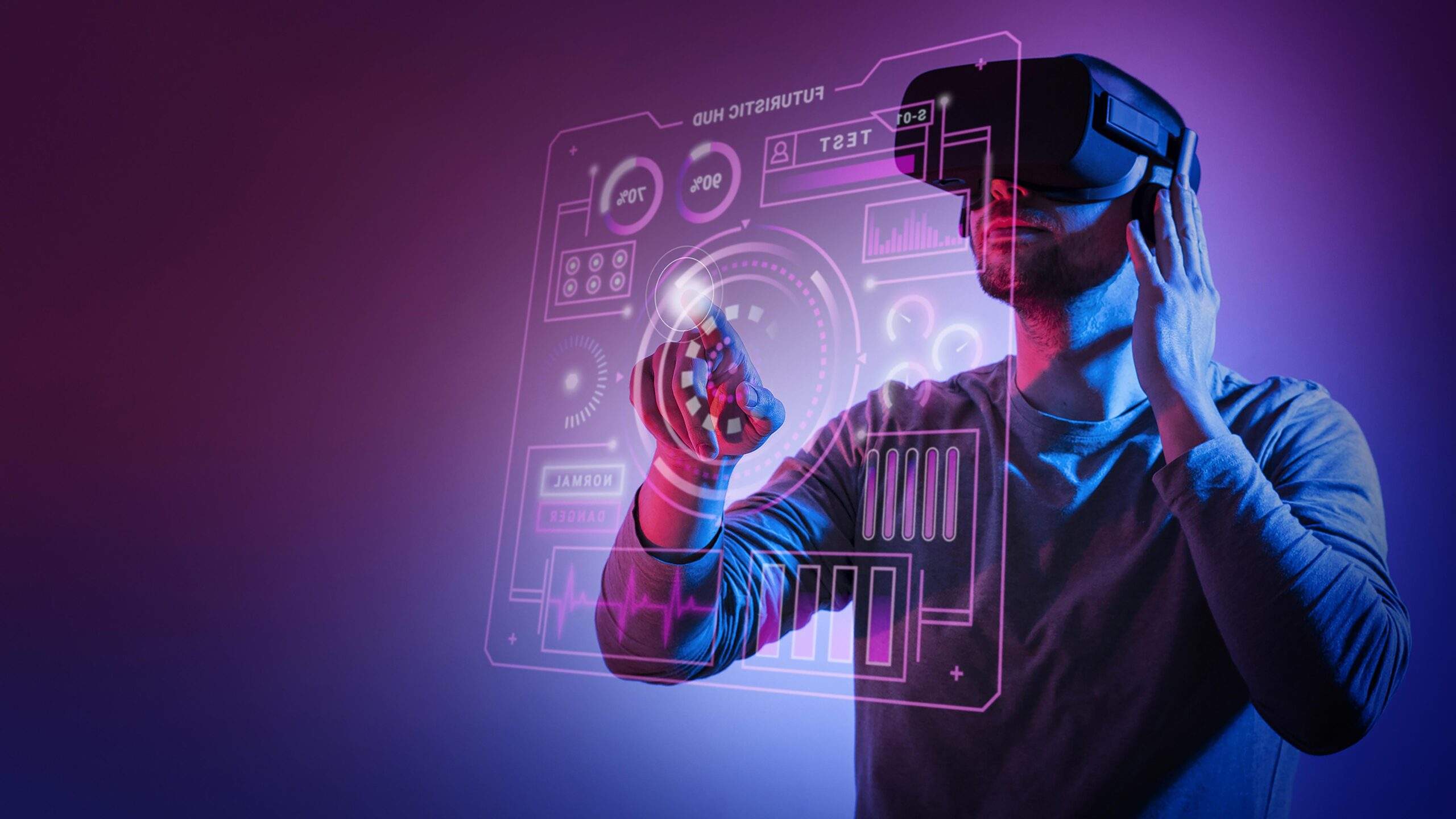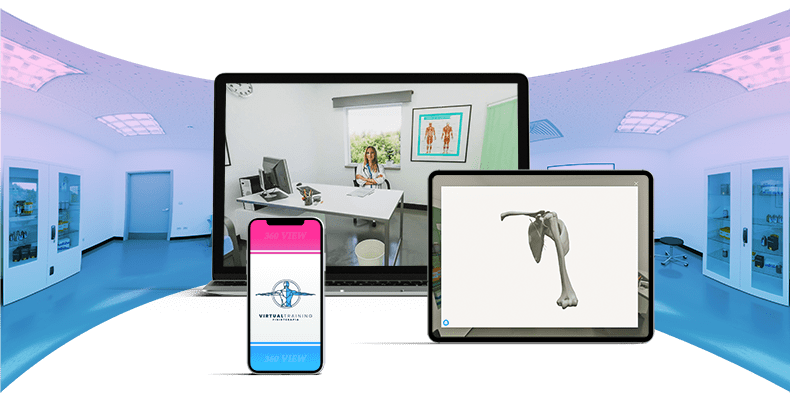Events have always been an extraordinary way to create human connections, share ideas and promote products or services.
However, in recent years, the introduction of Augmented Reality (AR) and Virtual Reality (VR) technologies has led to a real revolution in this sector.
These technologies allow organisers to create immersive and interactive experiences that radically change the traditional event experience.
In this article, we will explore just how Augmented and Virtual Reality are transforming the way we experience and attend all kinds of events.
Immersive experiences crossing physical boundaries
Thanks to AR and VR, events can go beyond physical boundaries and reach a global audience.
Through Virtual Reality it is possible to attend events from any location, offering an immersive experience without having to physically travel.

Augmented Reality, on the other hand, allows users to interact with digital content overlaid on the real world, opening up new creative possibilities to engage the audience.
Enhanced Event Promotion and Branding
By embedding AR elements in promotional materials, event organisers can generate exciting experiences and increase engagement.
Through mobile applications powered by AR technology, it would be possible to allow users to scan event posters or flyers, activating virtual content such as 3D animations, videos and interactive games.
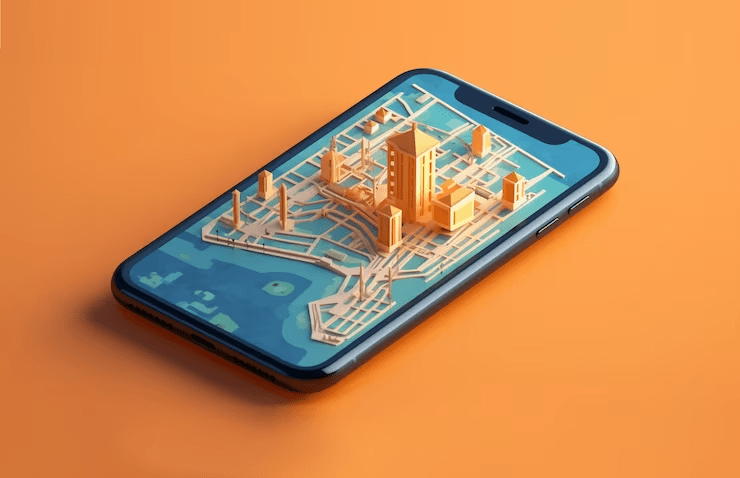
An immersive experience that would certainly make a lasting impression on potential attendees, increasing brand recognition, event awareness and ultimately boosting ticket sales.
Interactive Exhibition and Product Demonstrations
AR and VR technologies can be used during live events to virtually present products and services, especially in situations where physical samples of products are difficult to obtain.
This type of experience, which is certainly more immersive, enables a better understanding of the product and an increase in sales potential.
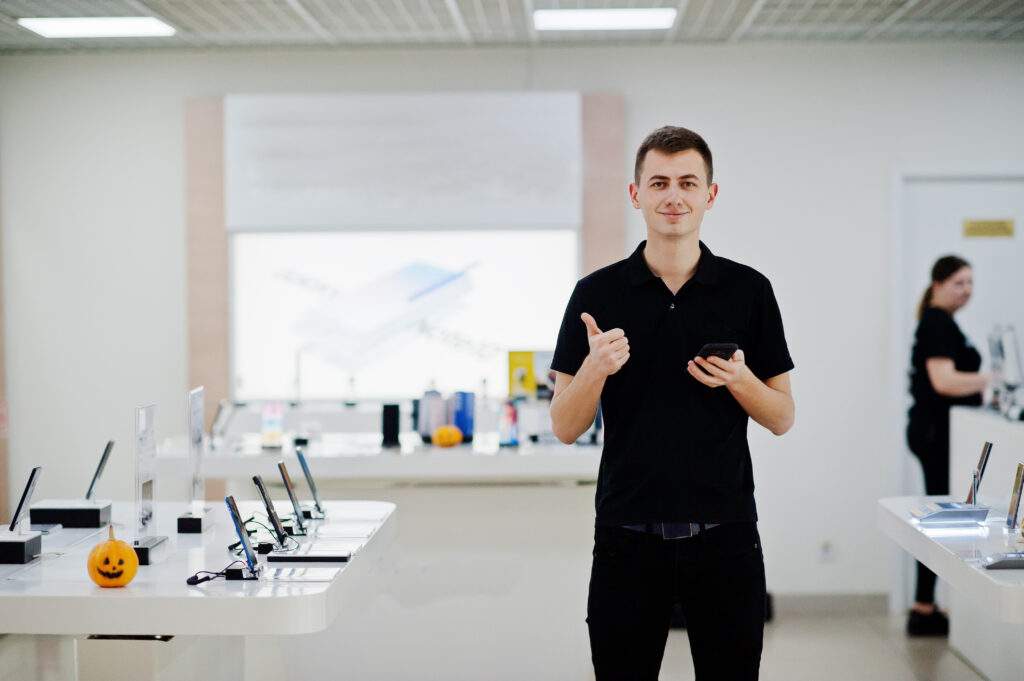
In the fashion industry, for instance, Augmented Reality can transform the way people try on clothes and accessories. By using AR-enabled mirrors, people can virtually try on outfits without changing their clothes, facilitating the wearing of different models.
Another example can be made in the automotive sector where visitors and participants can use VR to experience virtual test drives of models.
Virtual Venue Tours and Event Planning
Virtual tours of event venues allow organisers and exhibitors to preview spaces and simplify the planning process.
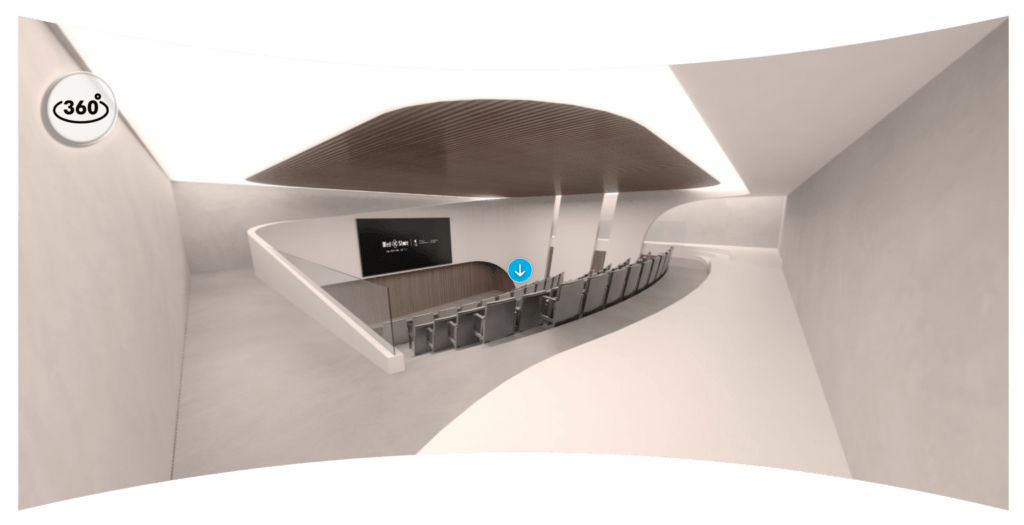
The adoption of Virtual Reality will not only save time and costs associated with rectifying designs, setting up and travelling to the venue, but also customise and experiment with different set-ups, allowing for better utilisation of the exhibition space.
Live Streaming and Remote Participation
VR allows those who cannot attend the event in person to experience it in 360° remotely from the comfort of their homes, navigate the virtual environment and interact with other spectators in real time as at a physical event.
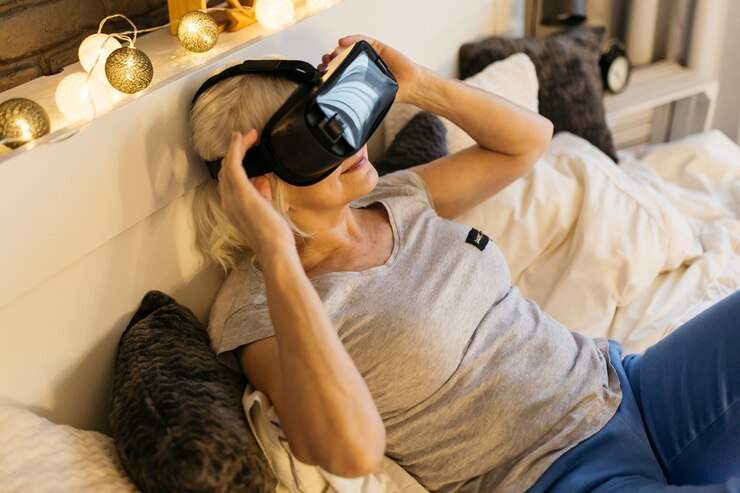
Remote participation opens up new opportunities for networking, knowledge sharing and collaboration, creating an inclusive experience for those who cannot physically participate.
Innovative and immersive presentations
AR and VR offer new ways of presenting information and content at events.
Presentations can be enriched with virtual elements overlaid on the real scene, allowing complex concepts or products to be visualised more clearly in an immersive way.

In addition, organisers can create immersive experiences that engage all participants’ senses, transporting them into virtual environments or interactive simulations.
Gamification and increased audience Engagement
While quizzes, feedback and competitions have long been used in in-person events, the need to improve participant engagement and interaction has led to the inclusion of gamification experiences using AR and VR technologies.
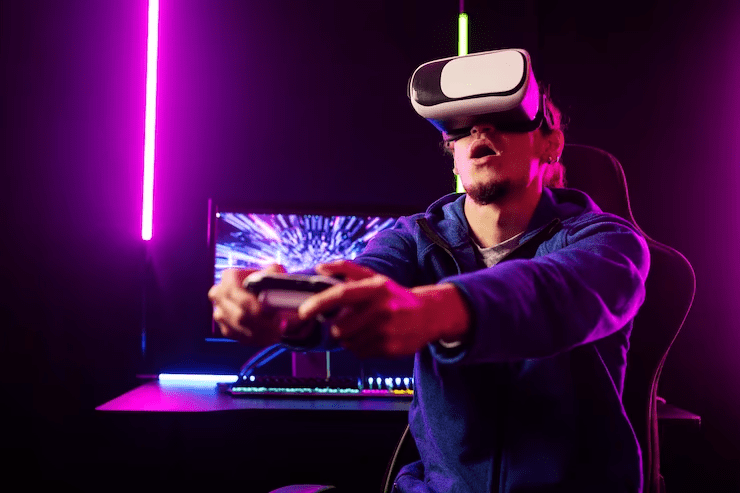
Participants can compete and undertake virtual missions in a parallel reality, fostering enthusiasm and team spirit.
Conclusions
Events industry has changed significantly over the last year.
Thanks to these technologies, event organisers can create unforgettable experiences, engage participants and open up new opportunities for growth and innovation.
The seamless integration between the physical and digital worlds will allow organisers to continue to connect with their attendees shaping the future of events like never before.
Give new life to exhibition spaces and offer a new way to attend events virtually, to be combined with in-person events in “PhyGital” logic, where “gaming” and “wow” effect become fundamental.
Book a free consulting with us!



